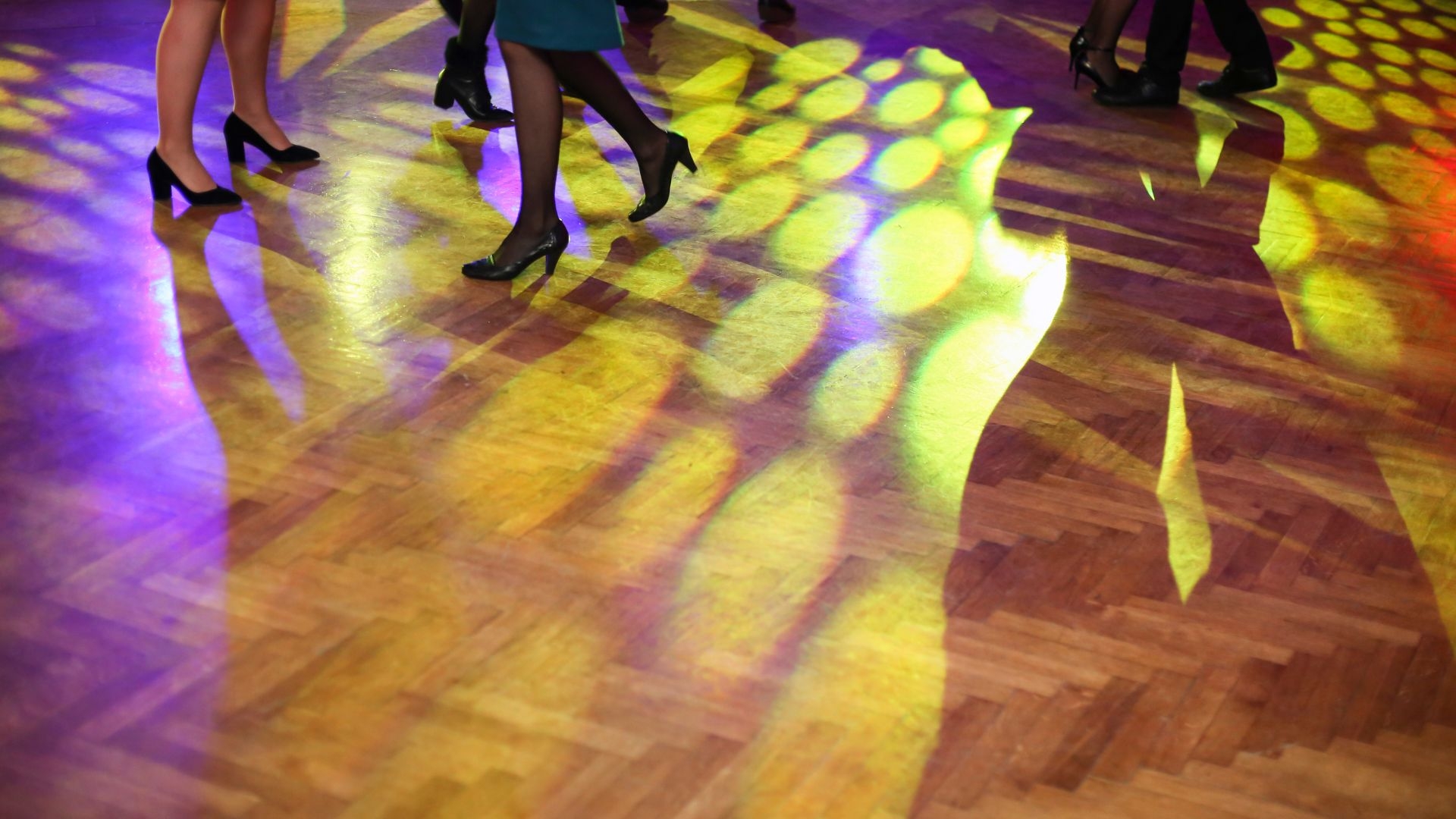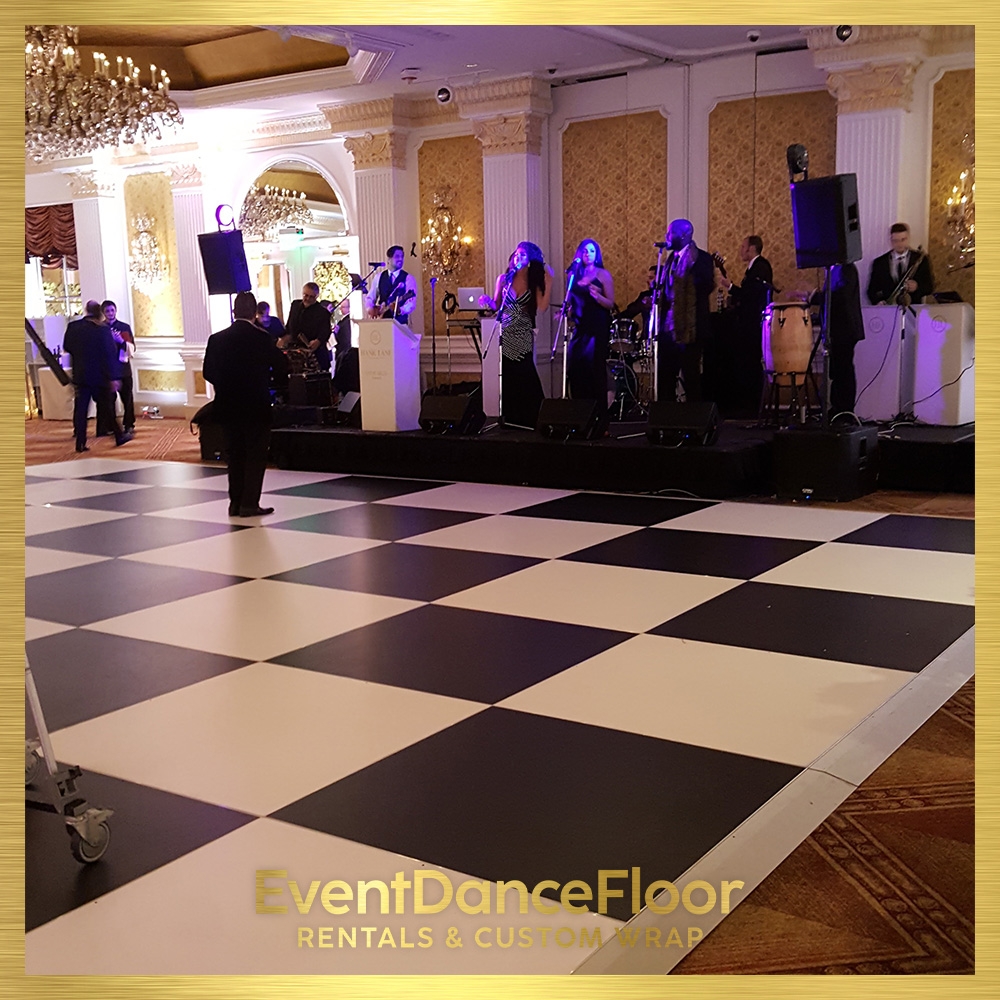Gesture-Controlled Lighting Systems
How does a gesture-controlled lighting system differentiate between various hand movements?
A gesture-controlled lighting system differentiates between various hand movements through the use of sensors and algorithms that analyze the position, speed, and direction of the hand gestures. By detecting the unique patterns and characteristics of each gesture, the system can accurately interpret the user's intentions and adjust the lighting accordingly. This advanced technology allows for seamless and intuitive control of the lighting system based on the user's gestures.







